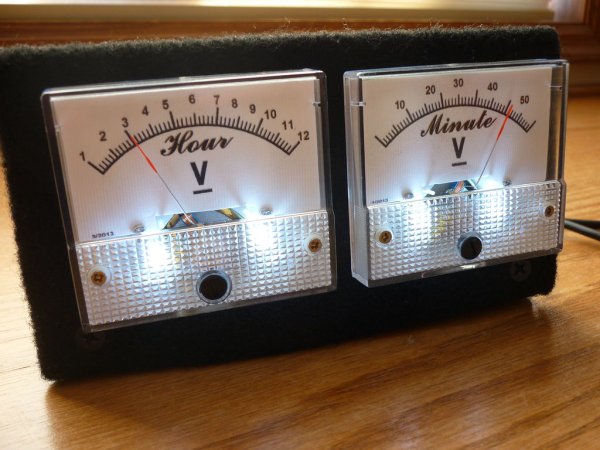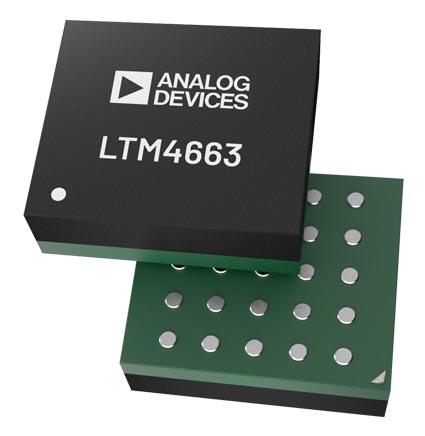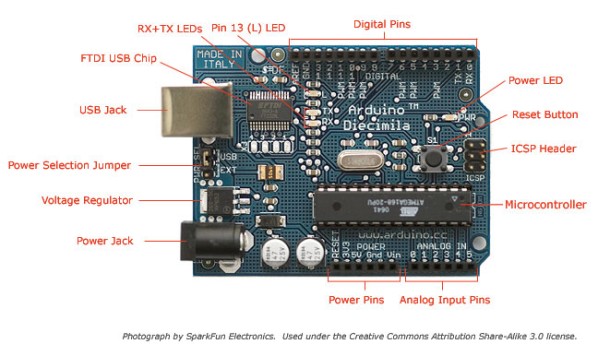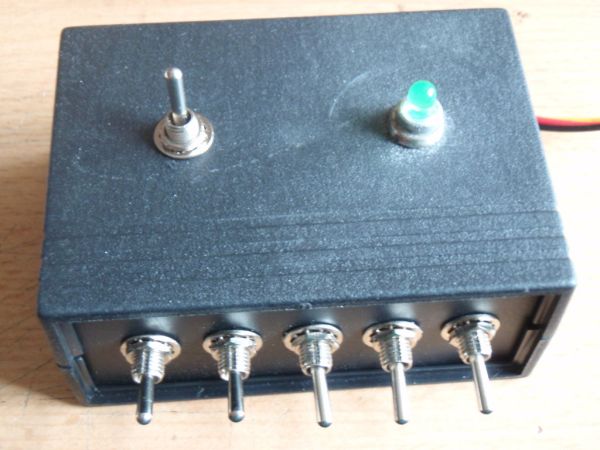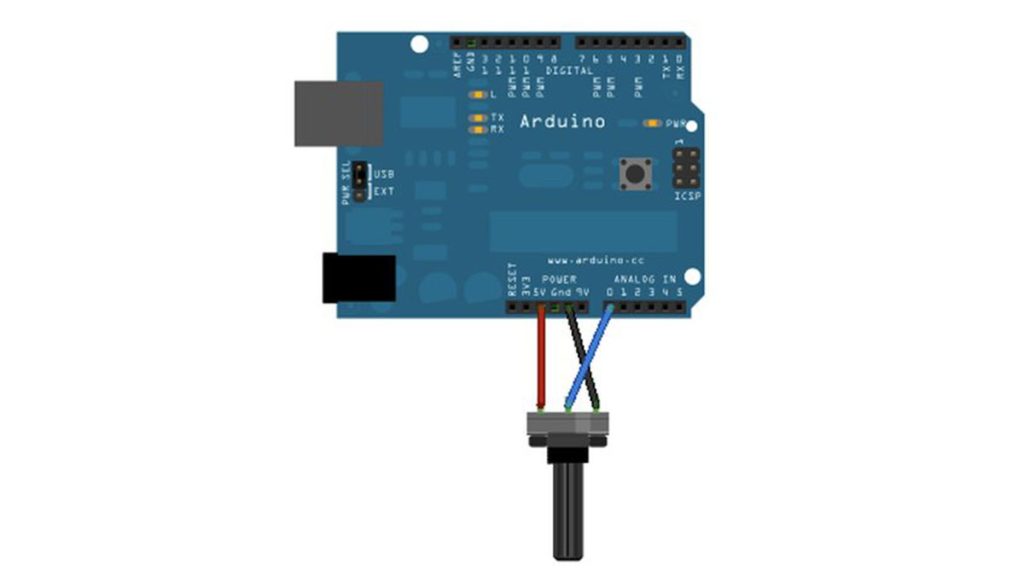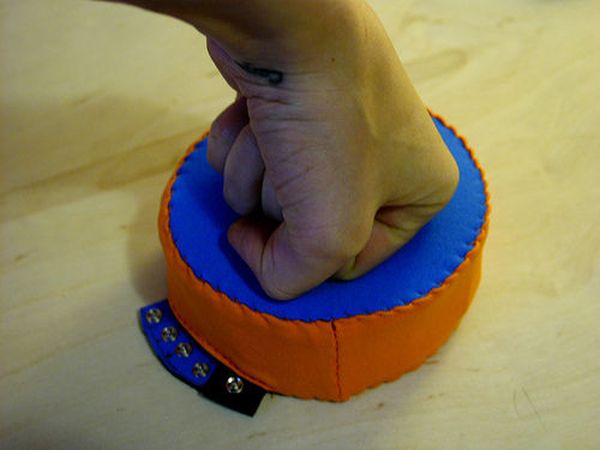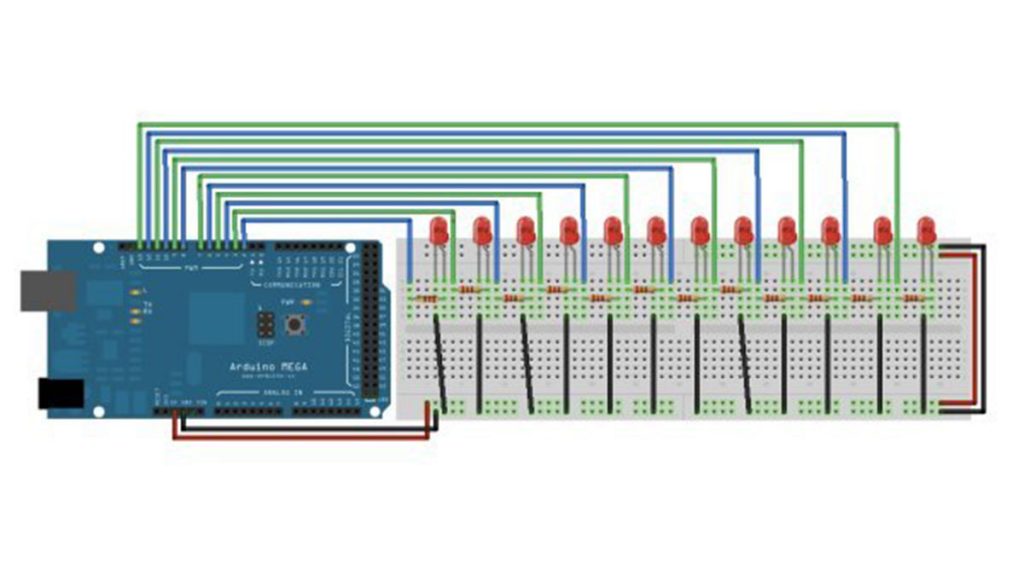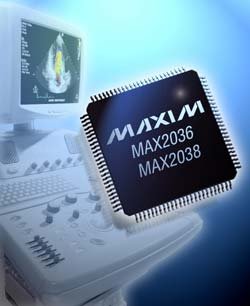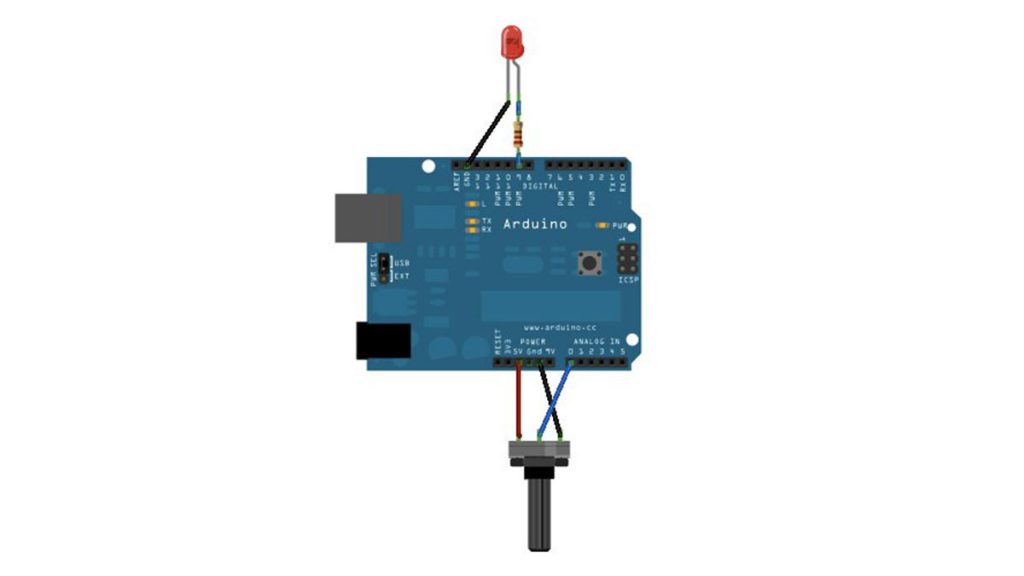Analog VU meter and Clock using Arduino
This project brings back the old time Analog VU Meter, with the added functionality of a neat looking clock! When you turn off your music the meters automatically swing into to clock mode. Behind it all is the popular and easy to use Arduino. This is my submission for the Make-to-Learn Youth Contest: What did […]

